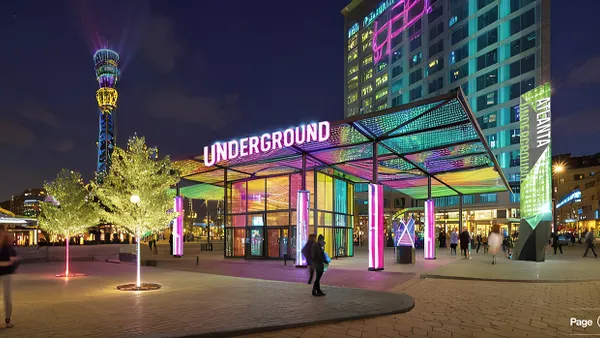For the second month since the coronavirus pandemic began, prices of construction materials have risen.
Nonresidential construction input prices rose by 2.3% in June, according to an Associated Builders and Contractors analysis of U.S. Bureau of Labor Statistics’ Producer Price Index data released last week. This follows a rise in prices of 0.8% in May.
Among 11 subcategories, six experienced monthly increases. The increase in prices was driven primarily by energy, with the largest increase coming from crude petroleum, which rose 71.9%. Unprocessed energy materials rose 16.8%, while the price of natural gas fell 18.4%.
Associated Builders and Contractors analysis of BLS data
“For many contractors, lack of demand for their services has emerged as the leading source of concern due to the COVID-19 pandemic, followed closely behind by a fear of inflation and a potential increase in materials prices,” said ABC Chief Economist Anirban Basu. “June’s PPI data indicate that they are right to be concerned.”
Soaring cost of lumber
A new analysis by the National Association of Home Builders found that lumber prices have soared 50% since April 17. The primary drivers of the price increase, according to the NAHB, include:
- Mills closed in the spring due to stay-at-home and social distancing measures enacted by state and local governments.
- Mills that remained operational anticipated a large drop in demand and substantially decreased capacity utilization.
- Producers did not anticipate the massive uptick in demand from do-it-yourselfer (DIY) homeowners and big box retailers during the pandemic.
- Housing weathered the COVID-19 crisis much better than most anticipated.
- DIY demand has not abated much as states reopen and construction demand has far surpassed lumber mills’ projections.
With global supply chains buckling and trade tensions elevated, materials prices are likely to ratchet higher, according to Basu, noting that while the recent rise in energy prices receives much of the attention, the rising price of softwood lumber is a concern to contractors as well.
“Inflation is not problematic at the moment, but that could change over the next year or two,” said Basu. “Central banks around the world have been increasing money supply, which could ultimately trigger faster price increases as economic activity firms."
Looking ahead
Although prices have slowly risen the past two months, at least one purchasing expert foresees lowered prices in the near future. Joe Piro, vice president of supply chain for Providence, Rhode Island-based Gilbane Building Co., said based on input from others in the industry, prices likely will go down into Q3 and likely into Q4.
Since the coronavirus crisis began, Piro has been tracking supply chain lead times and prices for common construction materials. He compiles biweekly reports charting the materials and products that are in short supply due to pandemic-related economic conditions.
"I think a lot of people within our industry did think that there would be a shortage of materials and that would necessitate higher prices," he told Construction Dive. "But I think what's ultimately going to happen is actually the opposite."













